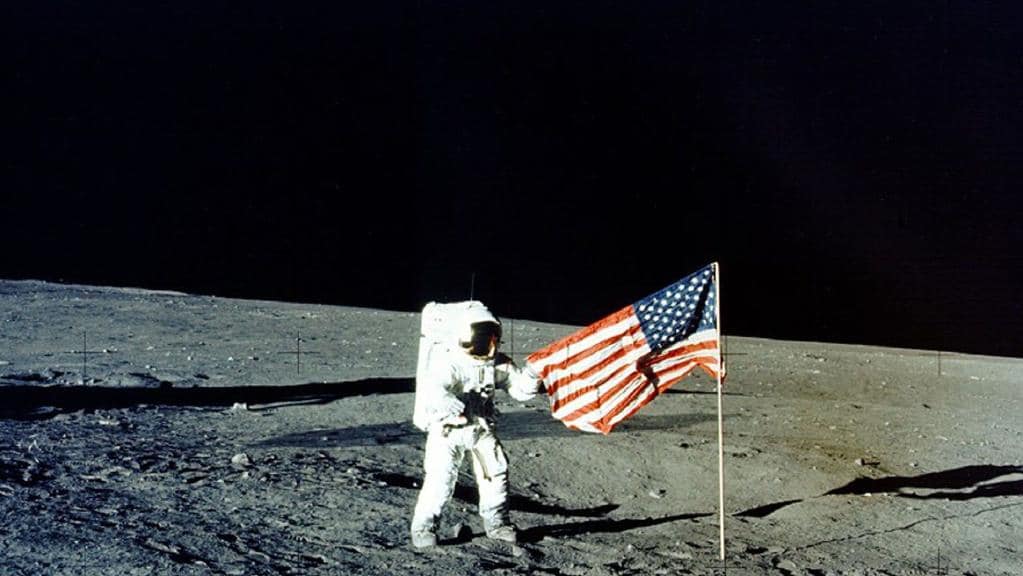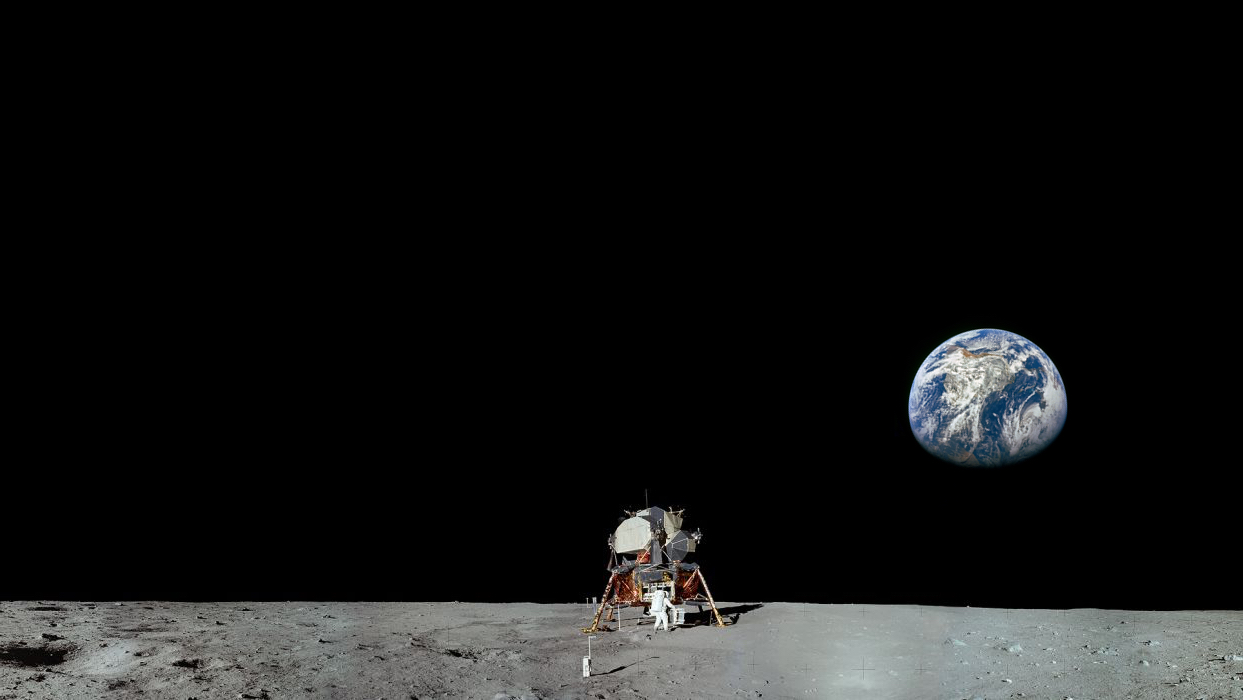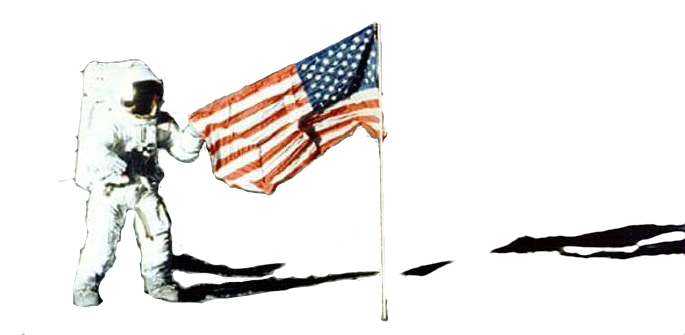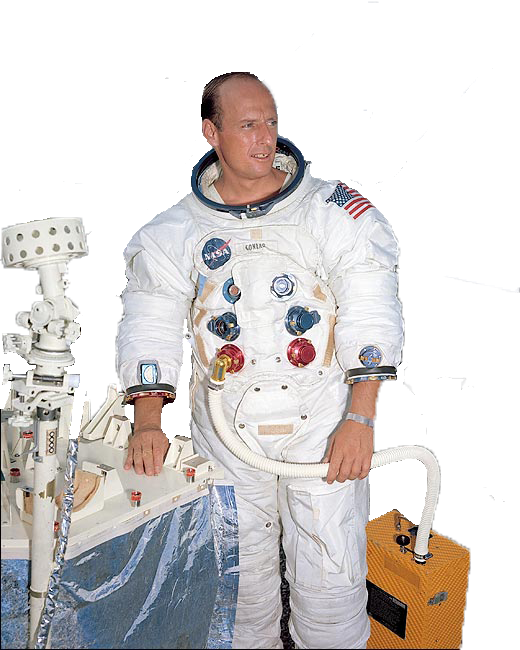
Charles “Pete” Conrad Jr. (June 2, 1930 – July 8, 1999), (Captain, USN), was an American NASA astronaut, aeronautical engineer, naval officer and aviator, test pilot, and during the Apollo 12 mission became the third man to walk on the Moon. Conrad was selected in NASA’s second astronaut class.
He set an eight-day space endurance record along with his Command Pilot Gordon Cooper on his first spaceflight, the Gemini 5 mission. Conrad also commanded the Gemini 11 mission. He became the third human to walk on the moon during the Apollo 12 mission.
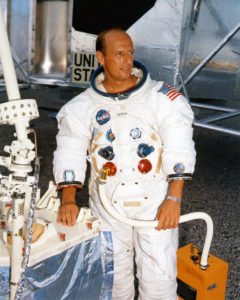
Charles “Pete” Conrad Jr. (June 2, 1930 – July 8, 1999), (Captain, USN), was an American NASA astronaut, aeronautical engineer, naval officer and aviator, test pilot, and during the Apollo 12 mission became the third man to walk on the Moon. Conrad was selected in NASA’s second astronaut class.
He set an eight-day space endurance record along with his Command Pilot Gordon Cooper on his first spaceflight, the Gemini 5 mission. Conrad also commanded the Gemini 11 mission. He became the third human to walk on the moon during the Apollo 12 mission.
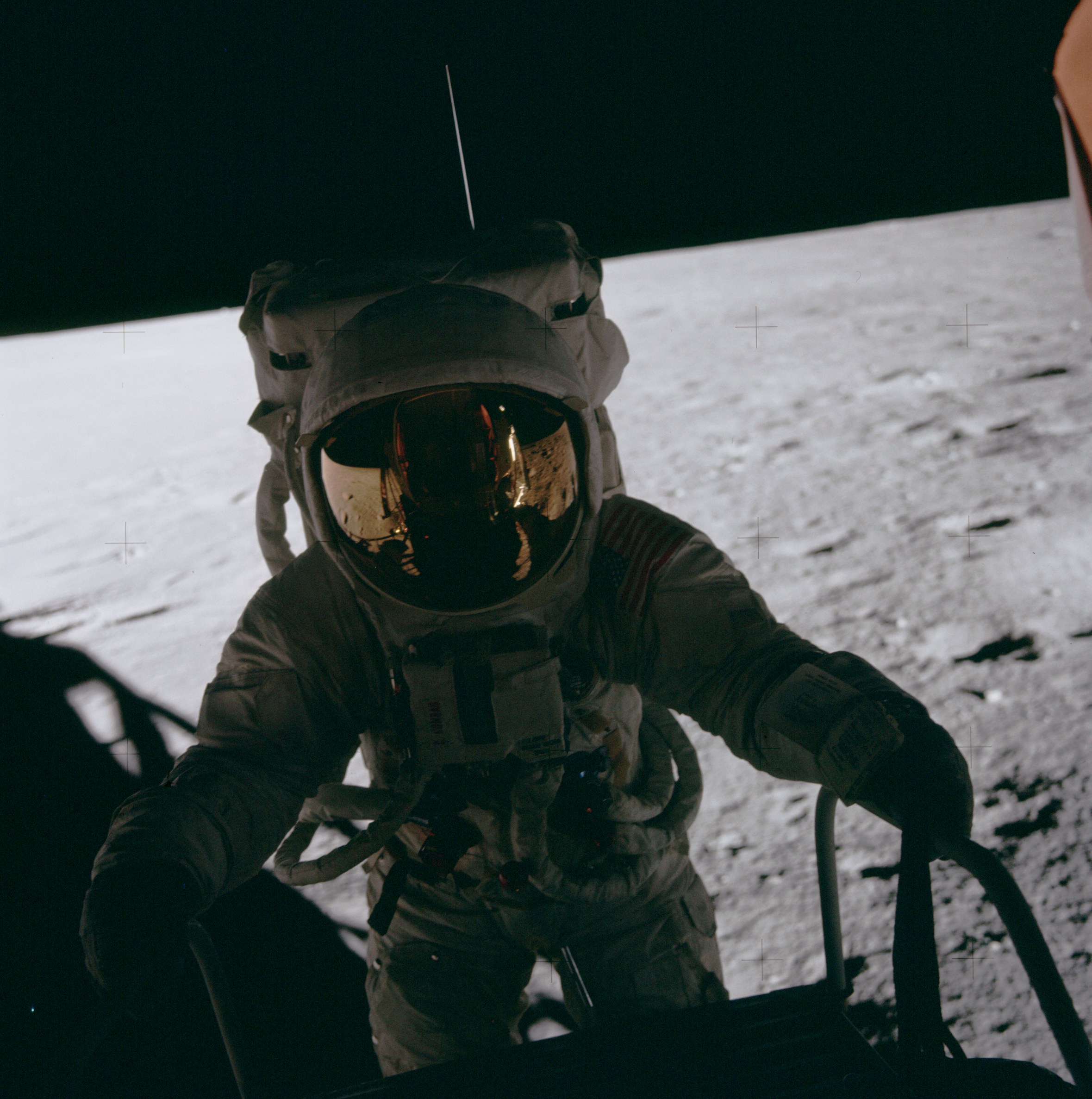
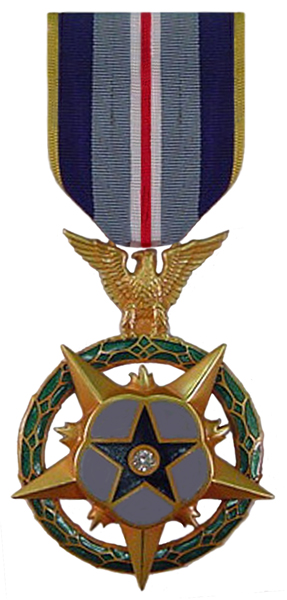
After Apollo, he commanded Skylab 2, the first crewed Skylab mission. On the mission, he and his crewmates repaired significant launch damage to the Skylab space station. For this, President Jimmy Carter awarded him the Congressional Space Medal of Honor in 1978.
After he retired from NASA in 1973, he became a Vice President of American Television and Communications Company. He went on to work for McDonnell Douglas, as a Vice President. During his tenure, he served as Vice President of marketing, Senior Vice President of marketing, Staff Vice President of International Business Development, and Vice President of project development.
Conrad died on July 8, 1999 from internal injuries sustained in a motorcycle accident.
Pete Conrad – The Man
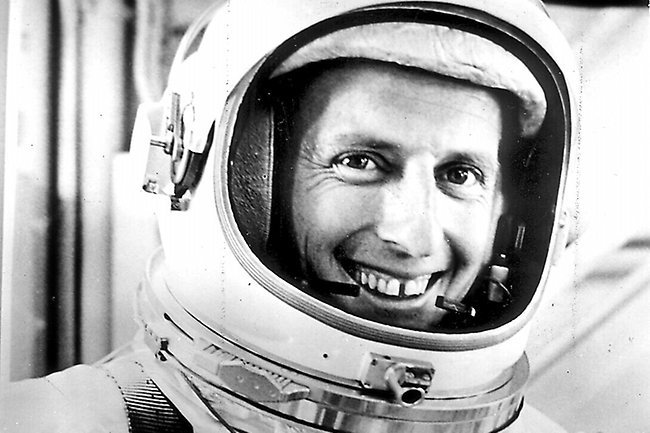
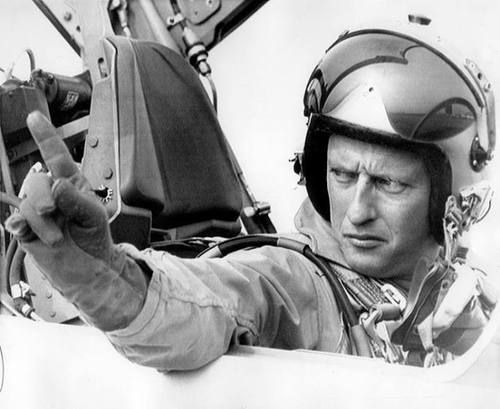
Pete Conrad’s family experienced the financial devastation of the great depression and he personally experienced the trials of dyslexia long before it became a diagnosis.
After being expelled from a private school for failing his 11thgrade exams, he learned how to apply a systems approach to learning and not only excelled in another high school, but was admitted to Princeton University and was awarded a full Navy ROTC scholarship.
His flying adventures began when at 15 he learned aircraft maintenance work and while in college earned his pilots license, instrument flight rating, and graduated with a Bachelor of Science degree in Aeronautical Engineering from Princeton in 1953. He excelled in the Navy as a fighter pilot and was accepted into the US Naval Test Pilot School.
Conrad was invited to take part in the selection process for the first group of astronauts for the National Aeronautics and Space Administration (NASA) (the “Mercury Seven”). Conrad joined NASA as part of the second group of astronauts, known as the New Nine, on September 17, 1962. Regarded as one of the best pilots in the group, he was among the first of his group to be assigned a Gemini mission.
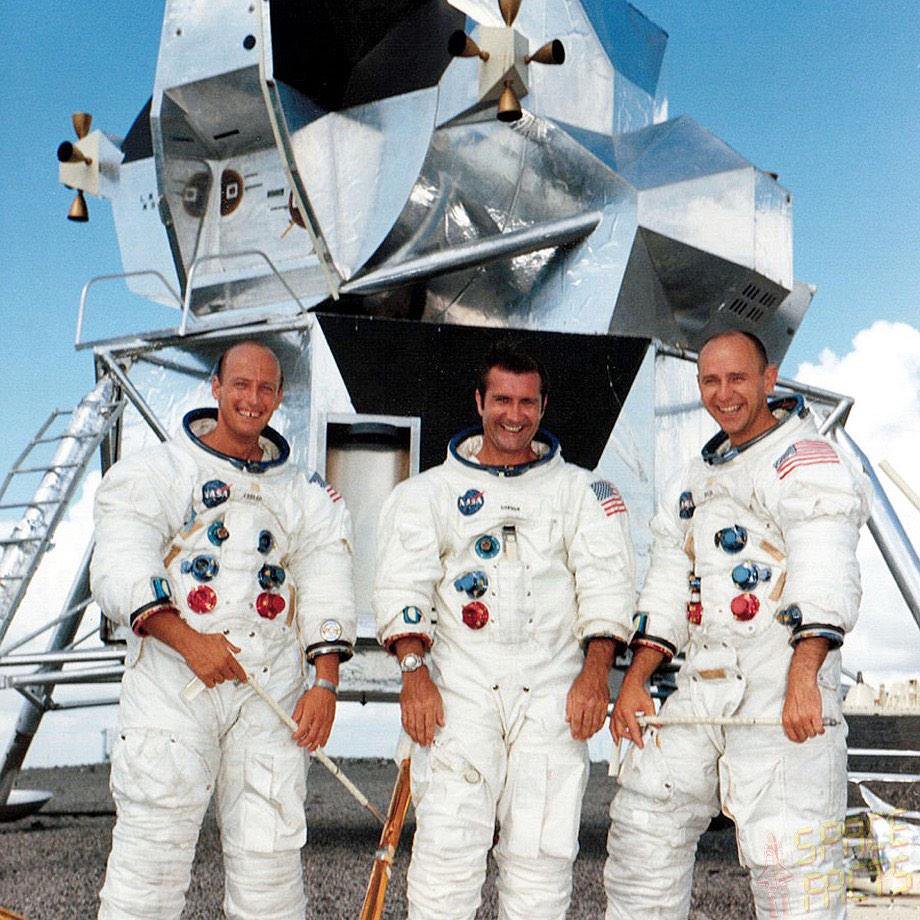
Conrad tested many spacecraft systems essential to the Apollo program. On November 14, 1969, Apollo 12 was launched with Conrad as Commander, Dick Gordon as Command Module Pilot, and Alan Bean as Lunar Module Pilot. The launch was the most harrowing of the Apollo program, as a series of lightning strikes just after liftoff temporarily knocked out power and guidance in the Command Module. Five days later, after stepping onto the lunar surface, Conrad joked about his own small stature by remarking:
